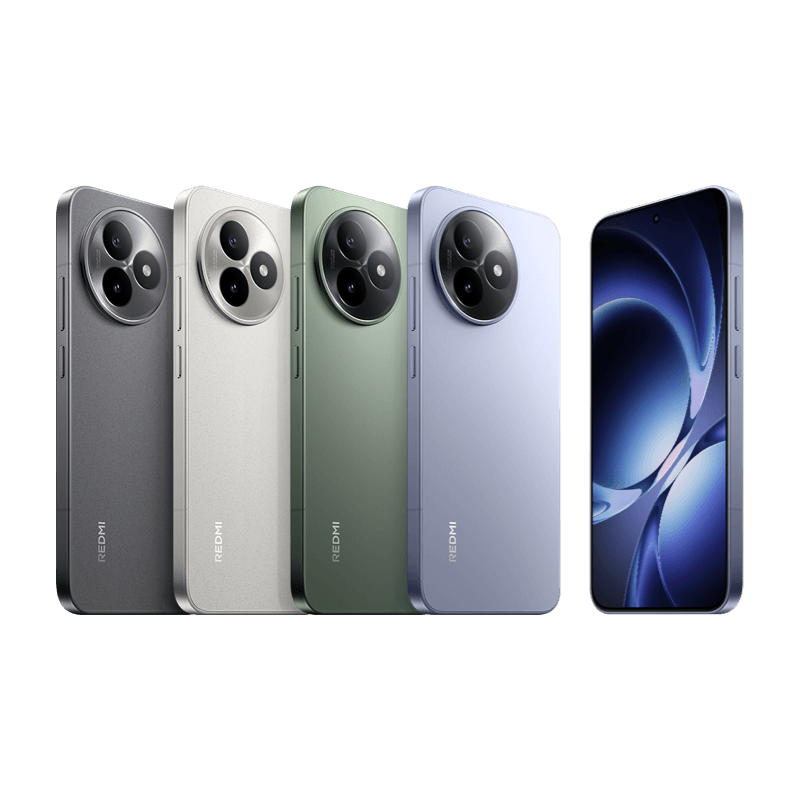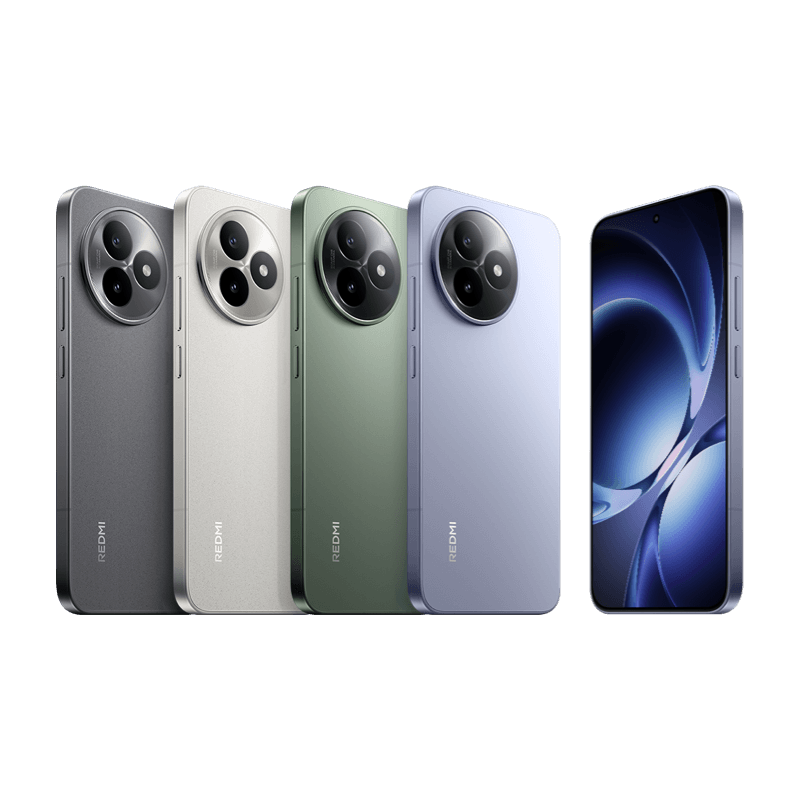In the ever-evolving world of smartphones, the balance between performance, affordability, and user needs shapes market trends. The Xiaomi Redmi K80, a standout in China’s mid-range segment, has sparked curiosity about its potential in Europe. As European consumers increasingly prioritize value without compromise, the K80’s features and Xiaomi’s regional strategy offer insights into its possible trajectory.

A Profile of the Redmi K80: Where Specs Meet Practicality
The Redmi K80 is designed to bridge the gap between high-end capabilities and accessible pricing. Its core attributes reflect a focus on real-world usability:
- Processing power: Equipped with the Snapdragon 8 Gen 3, it handles multitasking, gaming, and daily apps with ease—performance that aligns with flagship models but at a lower price point.
- Display and battery: A 6.67-inch 2K AMOLED screen (120Hz refresh rate) caters to media consumption and productivity, while a 6,550mAh battery with 90W fast charging addresses the universal demand for all-day use.
- Build and design: With IP68 water resistance and durable materials, it balances sturdiness with a sleek aesthetic, avoiding the "budget feel" often associated with mid-tier devices.
Priced at around €330 in its home market (and slightly higher via imports), it positions itself as a contender for users seeking more than basic functionality without overspending.
Europe’s Smartphone Preferences: A Favorable Terrain?
European consumers and markets have unique traits that could influence the K80’s reception:
- Value-driven choices: Inflation and economic caution have shifted priorities. Many users in Germany, France, and the UK now seek devices that deliver premium features—like strong processors or long battery life—without the premium price tag. This aligns with the K80’s ethos.
- Diversity in usage: From remote work to media streaming, European smartphone use spans varied needs. The K80’s robust specs cater to this versatility, whether for video calls, gaming, or everyday tasks.
- Brand familiarity: Xiaomi has steadily built a presence in Europe, with its devices gaining traction in both urban and suburban areas. This existing recognition could lower barriers for the K80, as consumers are already acquainted with the brand’s focus on reliability.
Xiaomi’s European Footprint: A Foundation for Growth
Xiaomi’s expansion in Europe over the past years provides context for the K80’s potential:
- Market presence: The brand now holds a significant share of Europe’s smartphone market, driven by a portfolio that balances innovation and affordability. This established distribution network—via partnerships with retailers and carriers—could ease the K80’s entry.
- Local adaptation: Xiaomi has learned to tailor offerings to regional needs, from software tweaks (like optimized privacy settings) to hardware adjustments (such as network compatibility). For the K80, this might mean fine-tuning features to align with European 5G bands or user habits.
- Ecosystem integration: Many European users already own Xiaomi’s smart home devices or wearables, creating a natural audience for a smartphone that integrates seamlessly with these products.
Challenges and Considerations
While the K80 has potential, hurdles remain:
- Competition: Europe’s mid-range segment is crowded, with established players like Samsung’s A-series and Google’s Pixel 8a. These devices have strong brand loyalty and localized support, which the K80 would need to counter.
- Regulatory and logistical factors: Official entry would require compliance with EU standards (e.g., e-waste regulations) and network certifications. Import models, while available, may face limitations in warranty coverage or software updates.
- Perception of "mid-tier": Some European consumers still associate lower prices with compromises, even as this mindset shifts. Building trust in the K80’s durability and long-term performance would be key.
Looking Ahead: A Plausible Niche
The Redmi K80’s success in Europe may hinge on its ability to fit into a specific gap: devices that offer flagship-like performance for users who don’t need the latest "status" features. As more Europeans prioritize practicality over brand prestige, the K80 could carve out a steady audience—especially if Xiaomi leverages its existing regional infrastructure to ensure accessibility and support.
Ultimately, the K80’s journey in Europe will reflect broader trends: how consumers define value, the role of mid-tier devices in a saturated market, and whether global brands can adapt to local nuances. For now, it stands as a case study in balancing ambition with pragmatism—qualities that often shape long-term market relevance.
SEO Keywords: Xiaomi Redmi K80 Europe market, mid-range smartphone trends Europe, Xiaomi in European market, Redmi K80 user appeal, smartphone value in Europe.

